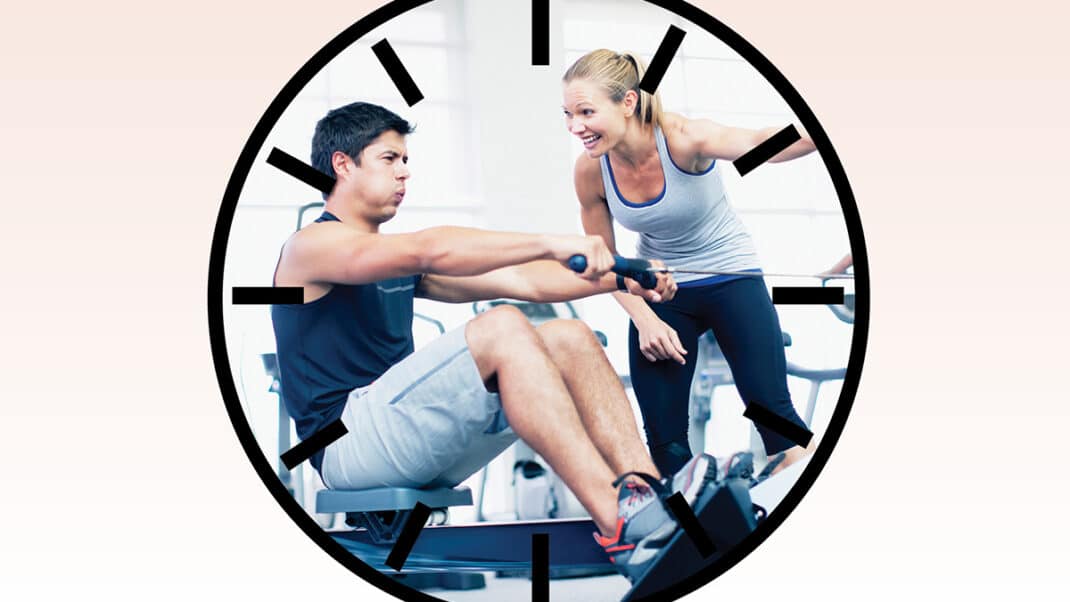
Fibromyalgia is a potentially debilitating condition that affects about 2% of the population (www.mayoclinic.com/health/fibromyalgia/DS00079). More common in women than men, the disease is described by the Mayo Clinic as a “chronic condition characterized by widespread pain in . . . muscles, ligaments and tendons, as well as fatigue and multiple tender points.” The combination of fatigue, pain and tenderness can be exercise prohibitive. However, authors of a recent study have suggested that short bouts of physical activity throughout the day may prove beneficial for fibromyalgia sufferers.
Published online in the journal Arthritis Research & Therapy (2010; 12, R55;doi:10.1186/ar2967), the study included 84 “minimally active adults” with fibromyalgia. The adults were assigned to one of two interventions: lifestyle physical activity (LPA) or fibromyalgia education (FME, a control group). The LPA participants attended six 60-minute group sessions over 12 weeks. During that time, they were educated on the benefits of physical activity and how to engage in it in a progressive and safe fashion. They were instructed to perform activities of their own choosing in short bouts throughout the day, slowly working up to a daily total of 30 minutes of movement. Activities were supposed to elicit shortness of breath but not to reach an intensity that would inhibit speech. Examples included housework or gardening. Each LPA subject was provided a waist-mounted pedometer to record daily steps taken. The FME group met three times during the intervention to receive education and social support and to participate in question-and-answer periods.
At the end of the 3 months, the LPA participants perceived themselves to have greater functional capacity and had less pain than they did at the start. Other fibromyalgia symptoms such as fatigue and tenderness remained static. There was no change in symptoms or perceptions among the FME group.
According to the study authors, the 12-week program proved successful in helping minimally active adults with fibromyalgia produce a 54% increase in daily steps taken. “The results of this study suggest that promoting increased physical activity by asking persons with fibromyalgia to accumulate short bouts of activity throughout the day can markedly increase the average number of steps taken per day and produces clinically relevant reductions in perceived functional deficits and pain,” they added.
Ryan Halvorson
Ryan Halvorson is an award-winning writer and editor, and IDEA's director of event programming.






